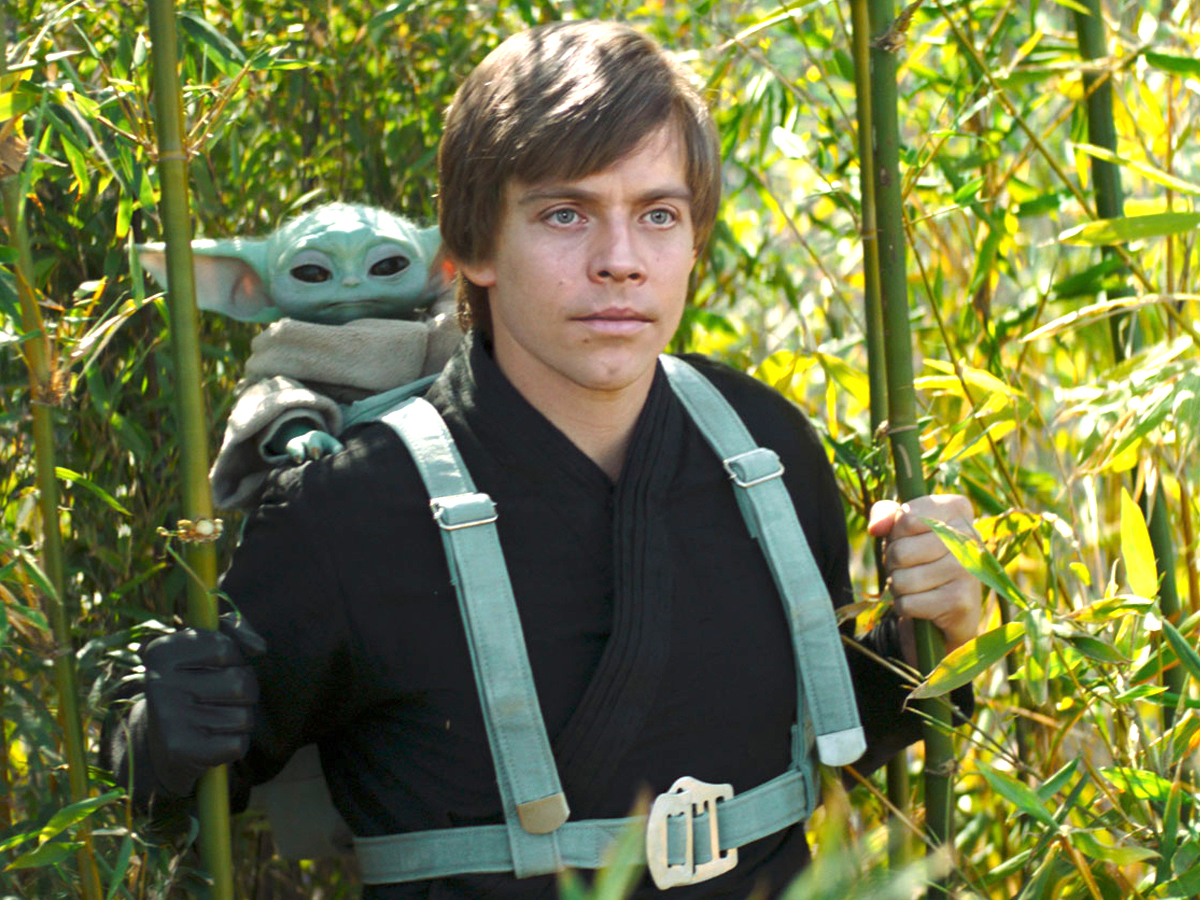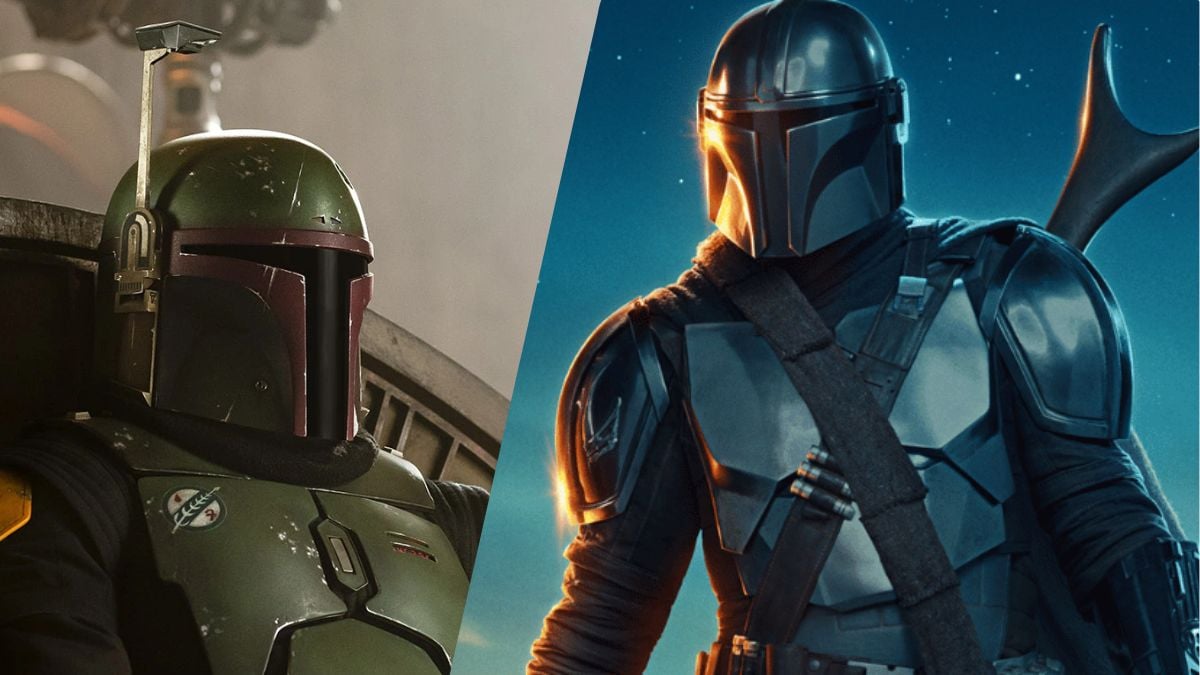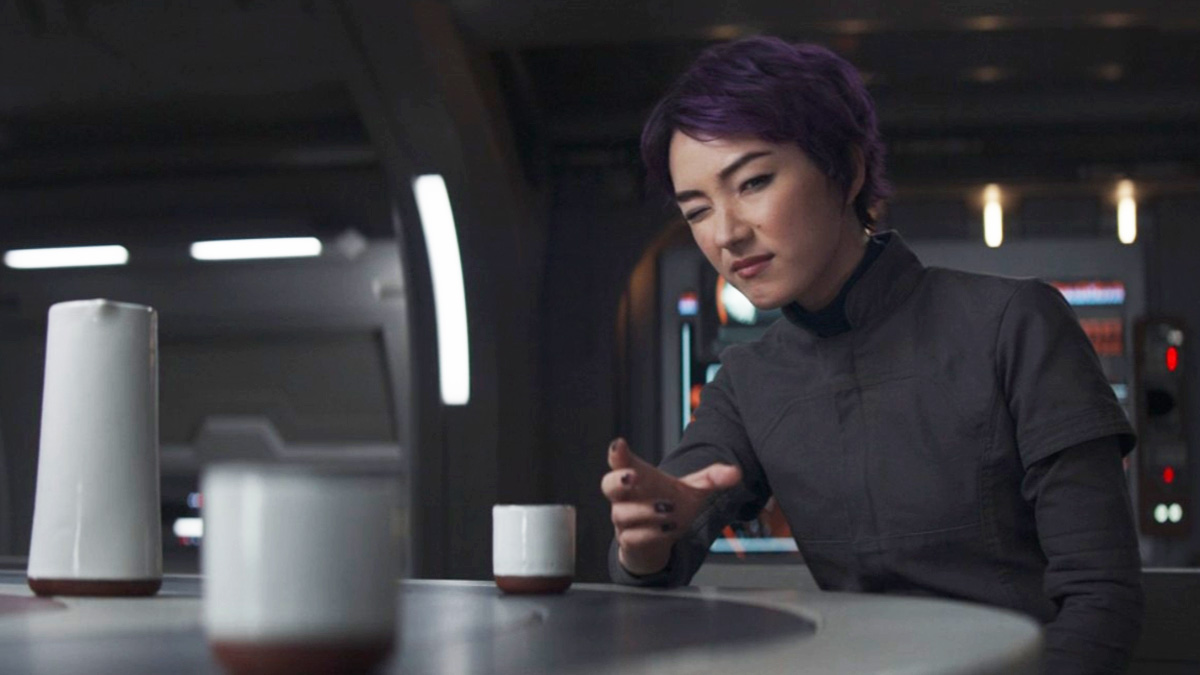The universe of Star Wars began with the 1977 film centering on a hero’s journey of a young man who went from a nobody on a middle-of-nowhere planet to becoming a noble warrior known as a Jedi in the tradition of code-abiding samurai and knights of olden times. This mystical tribe who were dying out throughout the universe was once the focus of the franchise but with the release of Ahsoka, the latest installment in the galaxy far, far away, we are noticing a pattern that seems to focus on an entirely different group of people, the Mandalorians.
You see, while the titular hero in Ahsoka is a reformed Jedi, the show focuses on Rosario Dawson’s character taking up an apprentice in the ancient ways of the Force with Natasha Liu Bordizzo’s Sabine Wren, who also happens to be a Mandalorian. This wouldn’t be a problem, per se, if it weren’t for the fact that a very similar plot thread has already happened in the show The Mandalorian. While the notion of a Mandalorian who is also a Jedi seems awesome on paper, the repetitiveness of this makes us wonder if the Star Wars franchise is starting to lose focus a bit.
The creature that is colloquially known as Baby Yoda but whose real name is Grogu is the force-sensitive youngling at the heart of The Mandalorian. Being the apprentice of both Pedro Pascal’s Din Djarin and Mark Hamill’s Luke Skywalker, Grogu was the first Mandalorian who is also a defacto Jedi that was established in the extended Star Wars universe. So why does it seem like the exact same thing is happening in Ahsoka with Sabine?

Mandalorians also live by a code, just like Jedi, however, they differ in some key ways. For instance, Mandalorians abide by a creed but they do not necessarily utilize the Force in their day-to-day life. This means only Force-sensitive people can become Jedi but Mandalorians are technically more inclusive than that, with anyone subscribing to their way of life being a candidate to enter their society. Many Mandalorians also make their living through mercenary-type activities, such as bounty hunting, which is also different than Jedi, who usually serve a centralized order that is quasi-governmental. If Jedi are the samurai of the Star Wars universe, Mandalorians could be described as a tribe of rōnins.
While it is true that having every single Star Wars story focus on a Jedi of some kind could be seen as too repetitive, this is like saying Arthurian legends focus too much on knights — it’s a central theme to the mythos. But OK, it’s fine to steer away from Jedi and focus on other groups of people within the universe. But can it really be described as more diverse storytelling when all they are doing is moving from one tribe of warriors to another and never letting up on the new fixation?
The amount of shows focusing on Mandalorians on Disney Plus is getting a little out of control at this point, let’s face it. Not only do you have the adventures of Din Djarin in The Mandalorian, but also Temura Morrison’s titular character in The Book of Boba Fett, and now Sabine in Ahsoka. That’s three different shows where pretty much the main focus is a Mandalorian of some kind or another.

The weirdest part of all of this is that Star Wars fandom’s obsession with Mandalorians is a bit of a freak occurrence that is arguably the result of overblown marketing hype surrounding Boba Fett in the lead-up to The Empire Strikes Back. In one instance, news stories surrounding an early toy for Boba Fett relegated the character to the stuff of myth.
You see, part of George Lucas’ ingenious approach to Star Wars was the then-novel idea of launching a toy line alongside the films, which in the early days were produced by Kenner. The company offered a mail-in rebate program in 1979 for their newest toy for a character that hadn’t been introduced into the films yet but was slated to appear in the then-forthcoming Empire. According to StarWars.com, the promotion read on the back of the packaging of other toys in the line: “Get a free Boba Fett action figure with purchase of any four Star Wars action figures (Boba Fett not available in any stores).”
This was an early instance where audiences got a movie detail from merchandise first, rather than the film itself, with the description of Boba Fett being a “fearsome, intergalactic bounty hunter.” Because of the toy’s mysteriousness from the get-go, with it being absent from store shelves, playground theories about the character inevitably popped up among kids who were Star Wars fans, making Boba Fett’s legend grow.
The promise of a spring-loaded plastic missile that launched from Boba Fett’s back made the figure all the more intriguing to children. But when the toy was finally released, the missile-launching aspect of it was nowhere to be seen. Kenner had scrapped that version of the design due to fears it would be a choking hazard. Indeed, it was because a child had died choking on a different toy, Mattel’s Battlestar Galactica missile toy, that prompted Kenner to remove the toy rocket from their Boba Fett figurine, as The Star Wars Collectors Archive confirmed. The story of the child’s death had become an urban legend, even though it turned out to be true.

Today, only a few dozen prototypes of the original missile-launching Boba Fett toy exist, according to ABC News. When these toys go on sale on eBay or other auction venues, they routinely rack up hundreds of thousands of dollars, a testament to the strong connection collectors still have to it. A recent Boba Fett missile prototype toy sold for $236,000 at Hake’s Auctions in Pennsylvania, according to Fox 43.
Of course, when Boba Fett finally did appear in The Empire Strikes Back and Return of the Jedi, he had surprisingly few scenes and barely spoke, embodying the notion of one’s reputation preceding him. It is perhaps due to this early pop culture obsession with Boba Fett that our current Star Wars universe is now flooded with Mandalorians instead of Jedi since those same kids who discussed Boba Fett fan theories on the playground grew up to become people like The Mandalorian showrunner Jon Favreau and Ahsoka showrunner Dave Filoni.
Don’t get us wrong, we like the overall job both Favreau and Filoni are doing but can we get a little diversity in the storytelling? If the lackluster reception of The Book of Boba Fett is any indication, sometimes the power of Mandalorians can be found in what exists in a fan’s imagination rather than what is on screen.
New episodes of Ahsoka come to Disney Plus every Tuesday.

